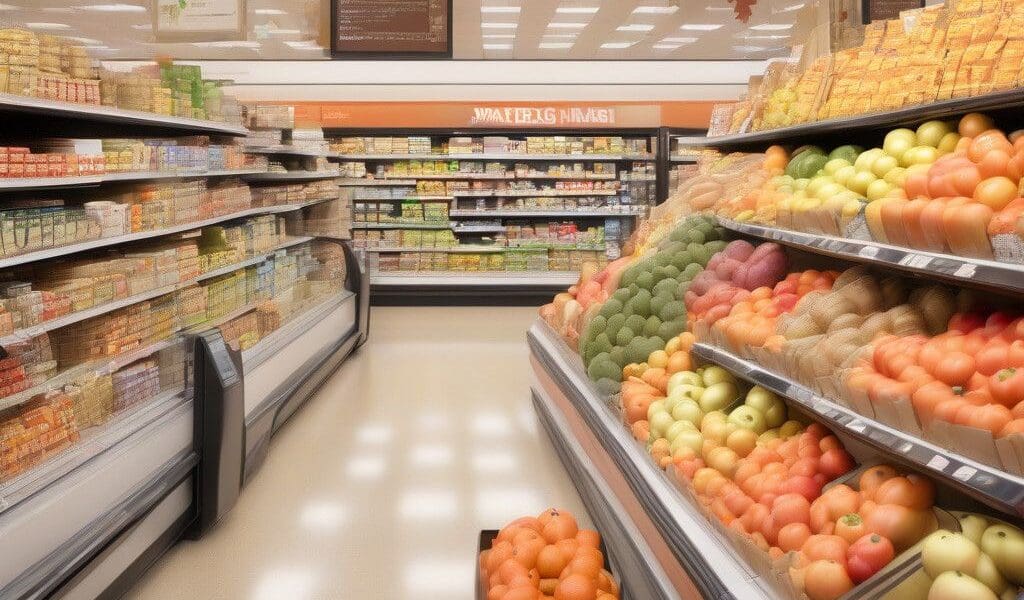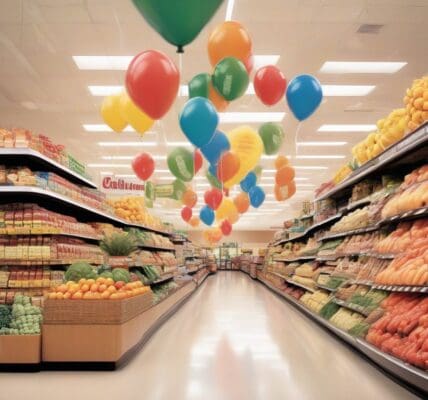Sales in the grocery sector showed promising growth in September 2024, breaking through the $75 billion mark to reach $75.3 billion. This figure not only signifies a colorful bump from the $73 billion to $74 billion range witnessed in previous months, but it also translates to a 1.8% year-over-year increase as reported by the U.S. Census Bureau. With data indicating that first nine months of 2024 hit $663.88 billion, the grocery segment experienced an impressive rise of 2.5% over the past 12 months, outpacing the total retail and foodservice sales increase of 1.7%.
Several factors contribute to this upswing in grocery sales. Chief economist at the National Retail Federation, Jack Kleinhenz, noted that despite some signs of tightening consumer spending, there remains a willingness among consumers to spend where they perceive value. “September sales come amid the recent trend of payroll gains and other positive economic signs,” he explained, underscoring a stable atmosphere for retail as the holiday season approaches.
Support for this upward momentum comes from the analysis of various sectors within the grocery landscape by Anne-Marie Roerink of 210 Analytics. Notably, total food and beverage unit sales have consistently outperformed results from the previous year. This growth has been slightly pushed by ongoing inflation, which stood at an inflationary rate of 2.1% in September.
The data further highlights robust performance across distinct grocery categories. For instance, the meat department had a stellar month, with specific gains including beef sales up 5.4%, chicken up 2.3%, turkey up 9.6%, and lamb a striking 10.8% increase. Such significant growth figures demonstrate consumers’ inclination towards protein sources amidst rising prices nearly everywhere.
Produce also marked impressive growth, particularly with key items such as berries, tomatoes, potatoes, and onions. The “#cucumbersalad” trend on social media has reinvigorated cucumber sales, boasting a remarkable 16% year-over-year growth in September, following a 12% gain in August. The situation encapsulates how trends evolve in the grocery sector, often influenced by social media buzz.
Aside from meat and produce, deli prepared foods saw continued success, led predominantly by prepared meat products, pizzas, and meals. For example, the seafood segment rebounded, reflecting a resurgence in shrimp sales, while the frozen foods sector noted a rise in shopper visits.
Analysts point out that the current selling landscape is heavily influenced by consumers’ budget-conscious behavior. Retail expert Chip West emphasized that grocery stores are increasingly prioritizing their own brand offerings to attract savvy shoppers. “Retailers must continue to prioritize deals and value to remain relevant to consumers amid floundering brand loyalty,” he stated.
This notion of value resonates with shoppers who now possess heightened expectations of the shopping experience in stores, according to Nikki Baird, VP of strategy at retail technology firm Aptos. She remarked that the retail environment offers a mixed bag of outcomes; some retailers are thriving, while others struggle due to their customer engagement strategies.
The rise in grocery sales serves as a beacon for retailers looking to enhance their customer experiences. Given the growing competition and enhanced expectations from consumers, stores must adapt through better grab-and-go meal options and improved customer service. Consumers today seek convenience, alongside deals, which could pave the way for the success of grocery businesses in the near future.
As we delve deeper into the final quarter of the year, the grocery sector holds promise not only from increasing sales figures but also through the commitment and adaptability of retailers to meet consumer needs. With the holiday season fast approaching, the grocery landscape will continue to evolve, reflecting broader economic trends as well as the immediate demands of shoppers looking for both value and convenience.












